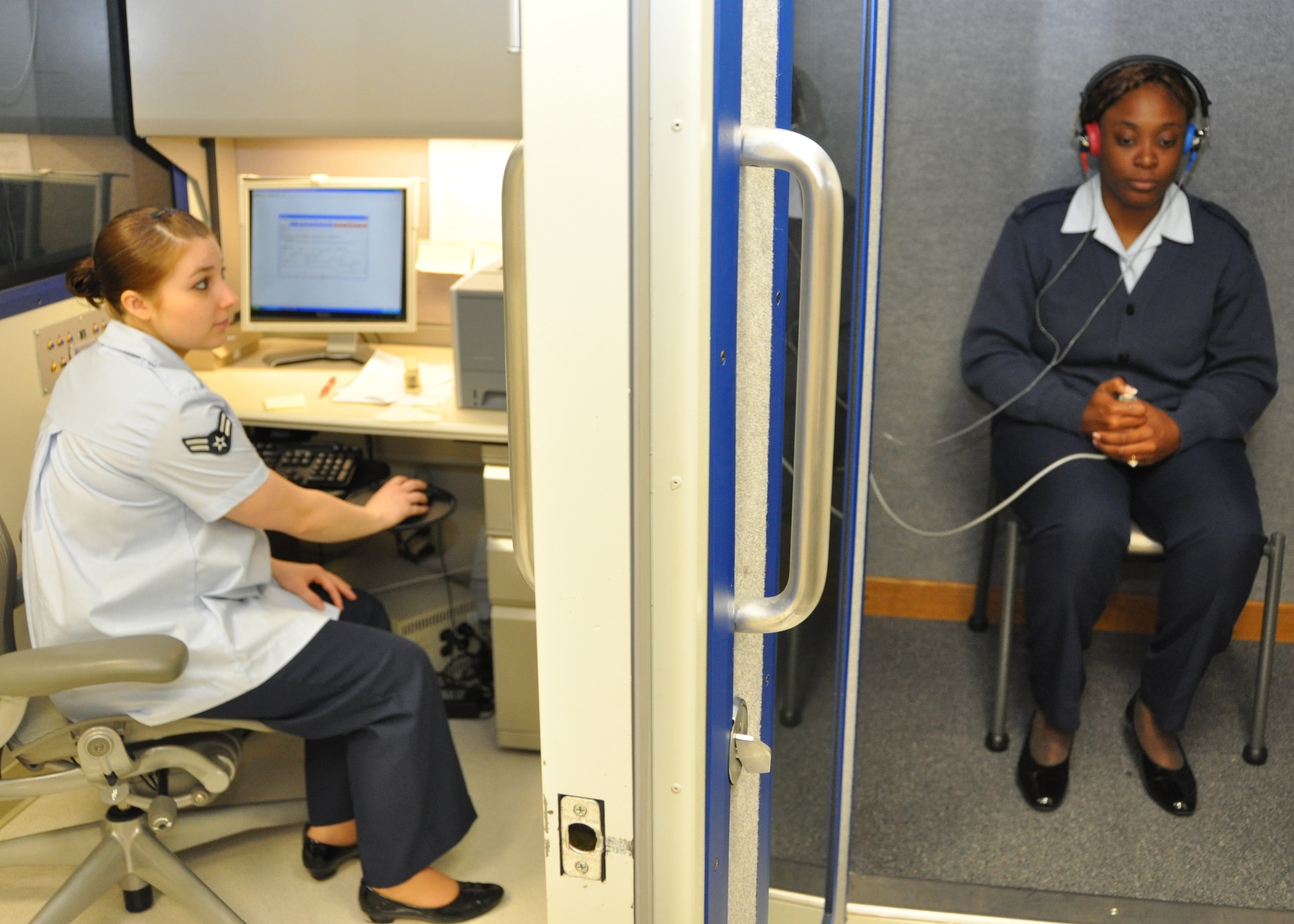The General Civil Aviation Authority (GCAA) recently unveiled a novel protocol designed to strengthen disease control measures in air travel. This initiative, titled "Protocol to Enhance Global Aviation Safety and Public Health Resilience, " emphasizes swift reporting procedures by airline staff and fosters close collaboration with local health authorities.
The protocol's introduction comes amidst ongoing concerns about the potential spread of communicable diseases through air travel. By establishing clear guidelines for airlines and public health bodies, the GCAA hopes to significantly reduce public health risks associated with flying.
The protocol highlights the importance of timely reporting by airline staff of any suspected illnesses onboard flights. This includes situations where passengers or crew members exhibit symptoms of contagious diseases. Clear communication protocols are outlined to ensure that local health authorities are promptly notified of potential outbreaks.
Furthermore, the GCAA's initiative underscores the need for robust collaboration between airlines and public health agencies. The protocol emphasizes the importance of joint efforts in developing effective response plans for handling situations involving contagious diseases on flights. This includes measures for isolating sick passengers, implementing disinfection procedures on board aircrafts, and ensuring the safety of crew members.
The GCAA's protocol has been met with positive reactions from the international aviation community. The International Civil Aviation Organization (ICAO) and its member states have lauded the initiative for its innovative approach to mitigating public health risks in air travel.
Industry experts believe that the GCAA's protocol represents a significant step forward in safeguarding public health during air travel. The clear and comprehensive guidelines outlined in the protocol are expected to enhance communication and collaboration between airlines and health authorities, ultimately leading to a more robust disease control system for the global aviation industry.
The successful implementation of the GCAA's protocol hinges on its effective adoption by airlines and public health agencies worldwide. Widespread training and education programs are likely to be crucial in ensuring that all stakeholders involved in air travel understand and adhere to the new guidelines.

